
HCE celebrates 10 years focused on hearing health

Audiologist Dr. Amy Boudin-George, HCE, demonstrates how to properly insert earplugs during World Hearing Day education outreach March 3, 2020 at Brooke Army Medical Center, Texas. (Photo by Larine Barr, DoD HCE)
A decade has passed since a rising trend of hearing loss among military service members prompted Congress to mandate a new center of excellence dedicated to protecting and improving hearing health.
The 2009 National Defense Authorization Act called on the Defense Department to establish a center of excellence focused on the prevention, diagnosis, mitigation, treatment, and rehabilitation of hearing loss and auditory system injuries in military personnel.
The DoD Hearing Center of Excellence was officially stood up in December 2010, when now retired Air Force Col. (Dr.) Mark Packer took the helm.
The center’s primary responsibilities have been to develop a data registry to track hearing loss and auditory injuries across the armed forces, facilitate hearing health research, develop best practices and clinical education, and help to enable Department of Veterans Affairs rehabilitation benefits and services to former service members.
“I’ve been humbled and amazed by the multiple, ongoing collaborations among HCE, the military services, Department of Veterans Affairs, our national and international partners, as well as those within the academic and industry communities, which have directly contributed to improving military hearing and balance health outcomes,” said Air Force Col. (Dr.) LaKeisha Henry, the center’s division chief since March 2017.
Henry emphasized how collaboration with the VA and other government, industry, and academic partners over the years has played a critical role in HCE’s work to reduce hearing injury among service members.

HCE research audiologist Dr. Quintin Hecht, adjusts a blast overpressure gauge while monitoring four Marines undergoing Characterization of Acute or Short-term acquired Military Population Auditory Shifts (CHASMPAS) study testing in the Mojave desert, at the Marine Corps Air Ground Combat Center 29 Palms, in January 2020. To date, the HCE study has collected prospective audiologic data and noise/blast measurements on two cohorts from Camp Lejeune, totaling 34 participants. (Photo by Erin Cesario, DoD HCE)
One of the most significant successes observed over the last few years is an overall decrease in hearing impairment for all DoD components, according to Henry. This improvement is likely associated with multifaceted hearing conservation programs administered by each service, and with HCE’s Comprehensive Hearing Health Program.
According to a recently released Hearing Health Surveillance Data Review conducted by the DoD Hearing Conservation Working Group, the percentage of service members with hearing impairment fell from 21% in 2012 to 15% in 2018. Among DoD civilians enrolled in service hearing conservation programs, the percentage with hearing impairment also decreased from 51% in 2012 to 40% in 2018.
“This is remarkable and encouraging news -- and a trend we anticipate will continue with ongoing emphasis on DoD hearing loss prevention strategies,” said Henry.
The HCE also recently established the congressionally-mandated Joint Hearing Loss and Auditory System Injury Registry, which supports medical readiness and hearing health programs by tracking and monitoring service-related hearing loss injuries of service members and veterans from 2001 to present. The registry combines clinical episodes of care from both DoD and VA audiograms, as well as demographic, deployment, and theater trauma and non-trauma data to promote continuity of care, analysis, research, and clinical performance.
Over the last decade, the center’s clinical branch has partnered with a cadre of DoD and VA researchers and clinicians to help develop, disseminate, and implement clinical best practices across DoD and VA that serve as force multipliers at every echelon of care. Best practice guidance and recommendations address such topics as aural blast injury/acoustic trauma and hearing loss (part of the Joint Trauma System clinical practice guidelines); pharmaceutical interventions of hearing loss; vestibular (balance) assessment and rehabilitation; central auditory processing disorder; and adult tinnitus management.
In support of combatant commands, HCE, service representatives, and associated DoD laboratories have researched the impact of hearing loss on mission performance. These efforts have been focused on establishing DoD accession and retention hearing profile standards and studying ways to bring hearing health care to operational settings. New strategies include using boothless audiometry (hearing testing) and hearing protection device fit check systems, which are used to verify service members receive appropriate protection from hazardous noise with their issued device.
“Wearing the right hearing protection is an ongoing challenge for service members, who have a dual need to protect their hearing while maintaining situational awareness,” explained Dr. Theresa Schulz, the center’s prevention branch chief.
HCE is collaborating with government and industry leaders to develop a Hearing Protection Device Evaluated Products List so service members can select the best device available to meet specific operational tasks and individual needs.
To provide unity of research efforts across the auditory science network, the center established and actively maintains a collaborative research network of more than 225 auditory researchers and stakeholders from the DoD, VA, international bodies, industry, and academia. The Collaborative Auditory Vestibular Research Network serves in a scientific advisory capacity for programmatic research reviews, supports the development of research roadmaps, and brings hearing and balance health solutions to the combatant commands and their service members.
Additionally, the Pharmaceutical Interventions for Hearing Loss working group, was established with more than 200 members representing DoD, VA, FDA, NATO partner nations, industry, and academia, all dedicated to advancing this area of research. Through its studies, the group has determined successful drug therapy for hearing loss would benefit an estimated 27,000 service members annually, substantially improving medical readiness and reducing costs associated with hearing injury.
In the future, Henry would like to see more extensive partnerships and alliances with the services, VA, academia, industry, and international communities to foster more initiatives and solutions for hearing and balance disorders.
“Working together, we will continue to deliver solutions centered on auditory-vestibular system care -- from prevention and research through rehabilitation,” Henry concluded.
For more information, visit https://hearing.health.mil
Center develops tool to help service members select optimal hearing protection
Article
5/21/2020

Hearing loss can have severe consequences for our health and future well-being.
Portable system demonstrates capability to save hearing downrange
Article
5/13/2020
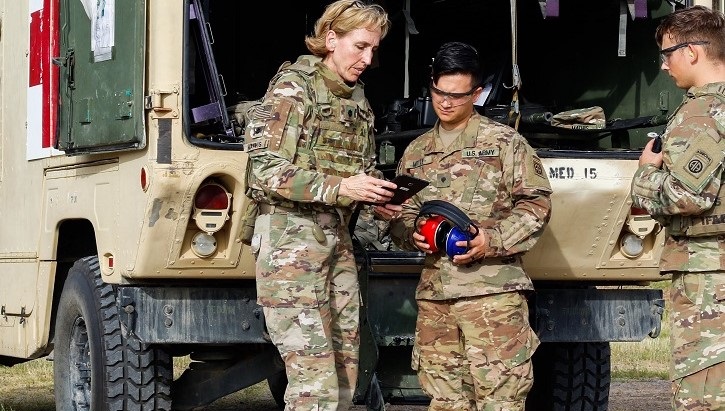
Army audiologist demonstrates new hearing test system while deployed to Iraq.
Innovative military hearing health programs showcased at national conference
Article
3/5/2020
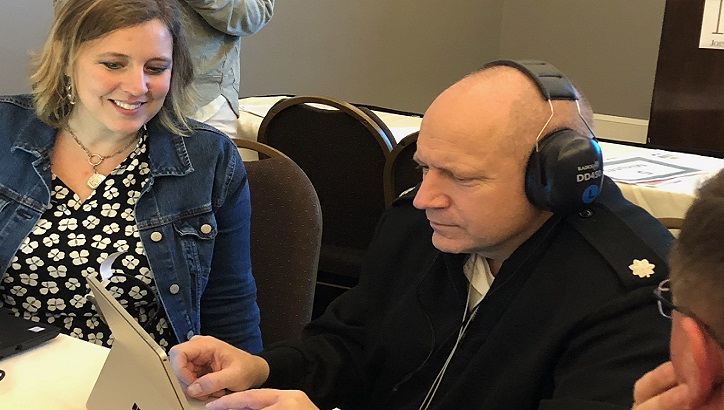
Hearing standards for new Air Force recruits saved the military service millions of dollars
World Hearing Day shines light on global hearing loss
Article
3/2/2020
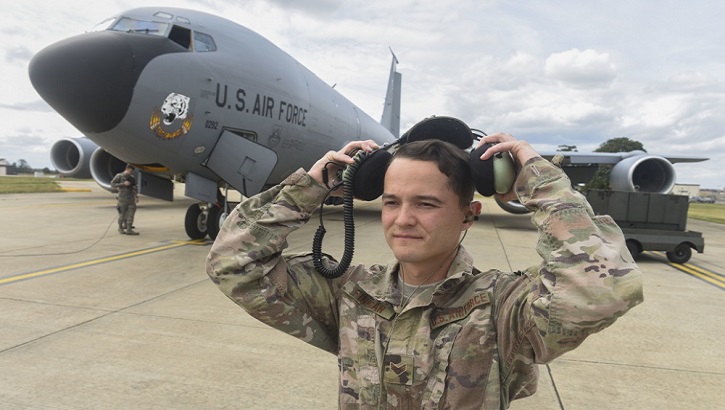
Hearing loss declines among service members, DoD civilians
DHA PI 6025.12: Retiree At Cost Hearing Aid Program Retiree Hearing Aid Purchase Program (RACHAP)
Policy
This Defense Health Agency-Procedural Instruction (DHA-PI): a. Based on the authority of References (a) and (b), and in accordance with the guidance of References (c) through (r), establishes the Defense Health Agency’s (DHA) procedures to establish common and uniform guidelines, standards, and procedures for all DoD MTFs providing hearing health services to beneficiaries through RACHAP. This program has been operating at self-selected MTFs without established DoD guidance. b. Enables MTFs with capacity and capability to provide hearing aid evaluation, selection, fitting, and follow-up appointments utilizing an at cost Federal Government contract price through RACHAP to RACHAP-eligible beneficiaries (“RACHAP-eligible beneficiaries” defined in the Glossary). c. Incorporates, cancels, and replaces Reference (s).
- Identification #: 6025.12
- Date: 7/12/2019
- Type: DHA Procedural Instruction
- Topics: Hearing Loss
Defense Occupational and Environmental Health Readiness System – Hearing Conservation (DOEHRS-HC)
Fact Sheet
6/17/2019
The Defense Occupational and Environmental Health Readiness System – Hearing Conservation (DOEHRS-HC) is an information system designed to support personal auditory readiness and help prevent hearing loss through early detection.
Combatting hearing loss remains top priority
Article
5/22/2019
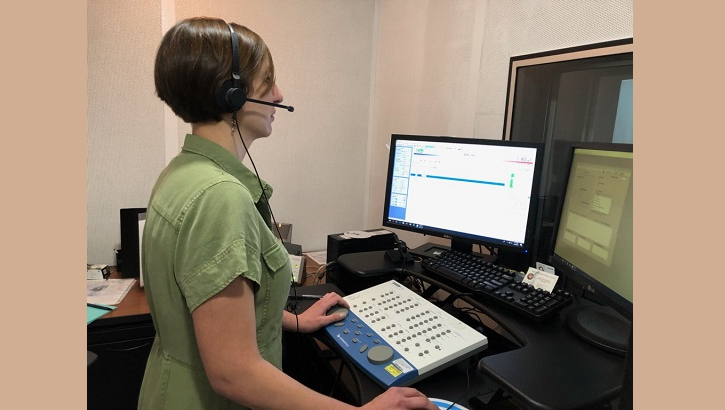
The DoD recognizes May as Better Hearing and Vision Month
A Soldier’s fight to regain the gift of hearing
Article
5/15/2019

Schweitzer attributes his ability to hear to the world-class care he received at Walter Reed
Center continues quest to protect hearing, prevent damage
Article
10/26/2018
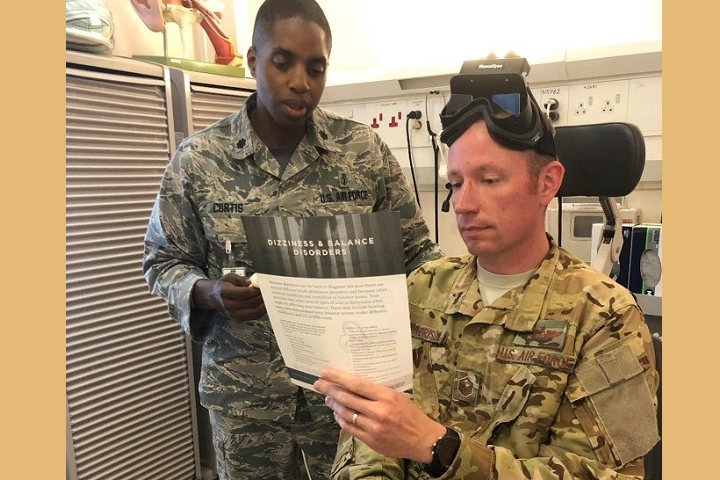
October is National Audiology Awareness Month
Noise impact on hearing loss
Article
9/20/2018

Hearing loss is the number one disability among veterans
Study examines impacts of noise and chemical exposure on hearing health
Article
9/13/2018
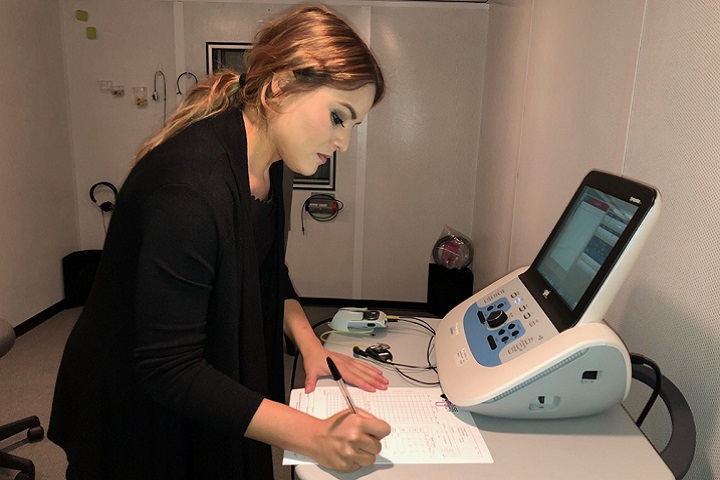
Exposure to certain chemicals, called ototoxicants, can cause hearing loss or balance problems
New course aims to reduce military hearing loss
Article
9/7/2018

Tinnitus and hearing loss have remained among the top disabilities of veterans
Battlespace acoustics branch protects hearing, human performance
Article
8/17/2018
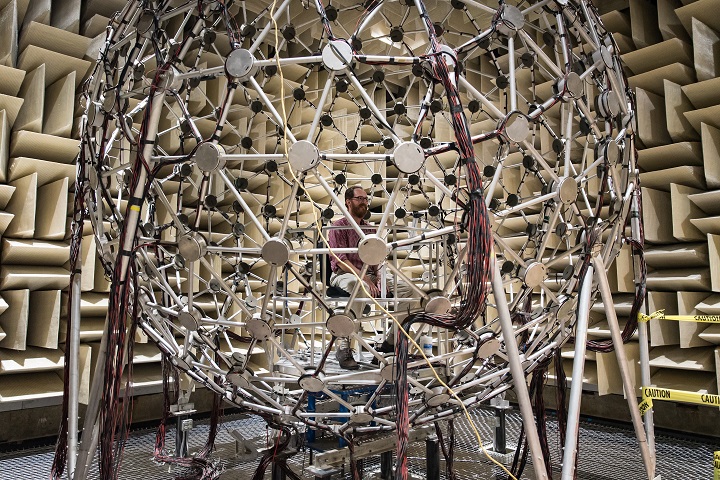
We look at how noise is being generated, how it propagates, and what that means for Airmen in the field
Exiting an A-10C Thunderbolt
Photo
9/30/2016

U.S. Air Force Senior Airman Judith Bulkley, an electrical and environmental systems specialist deployed from the 23rd Aircraft Maintenance Squadron, Moody Air Force Base, Ga., exits an A-10C Thunderbolt II after performing an external power operations check on the aircraft at Kandahar Airfield, Afghanistan. Because service members in particular are often exposed to high noise levels, hearing protection is crucial, especially with a TBI. (U.S. Air Force photo by Tech. Sgt. Stephen Schester)
Lt. Col. James Morrison getting adjustments to cochlear implant
Photo
9/22/2016
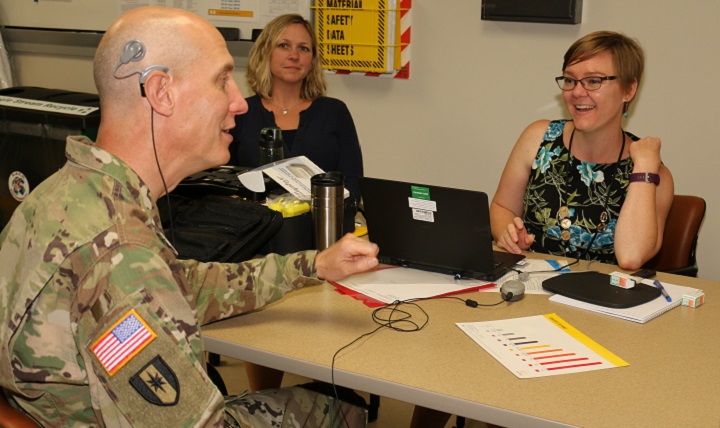
Dr. Elizabeth Searing (right) makes initial adjustments via a computer to Lt. Col. James Morrison's cochlear implant. Dr. April Luxner, an audiologist with Cochlear Corporation, was on hand to witness Morrison's reactions to hearing with his right ear after 12 years of deafness. (U.S. Army photo by Jeff Troth)






















.png)











No hay comentarios:
Publicar un comentario